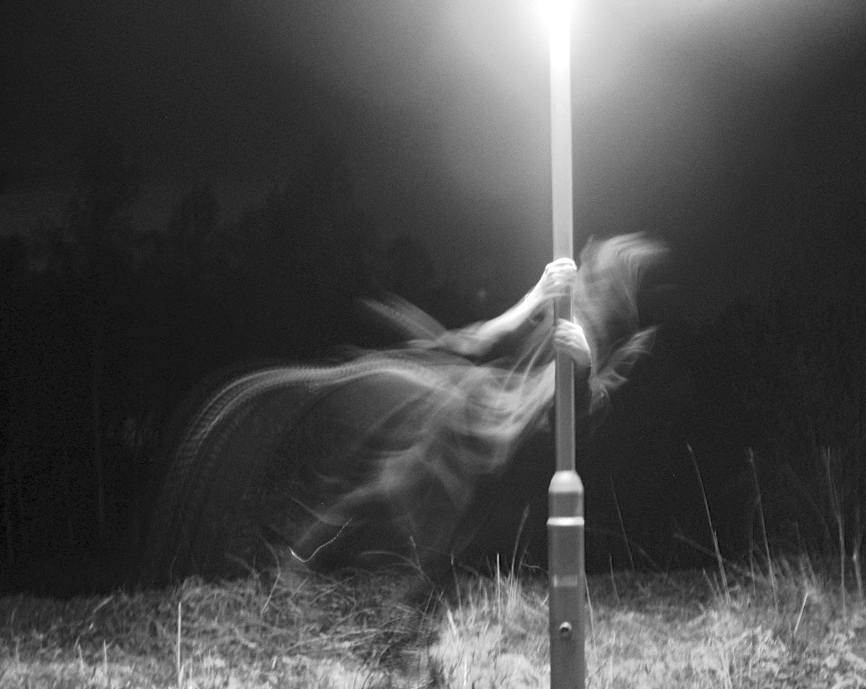The ties that bind
Almost all ghosts, in one way or another, still have ties to the world of the living. This can be a matter of unfinished business such as revenge or trying to help someone learn the truth about their murder, or a desire to protect someone, to watch over a family or similar desires. These connections give the ghost the strength to resist the call of the true afterlife, deny their Reaper, and cling to existence as a Ghost.
Other ghosts fear the final fate that awaits them, whether Heaven or Hell, or do not wish to leave the Earthly world behind and so they clutch tenaciously to the tattered shreds of their life. While no less tenacious than other Ghosts, the fearful ones have a tendency to become vengeful ghosts with greater frequency than other sorts of Ghosts.

Regardless of why the ghost clings to their unlife, they are tied to the Skinlands in a number of different ways. First are their mortal remains. A ghost's corpse (or skeleton) gives the spirit an anchor to the world of the living which allows the ghost to exist in the world of the unquiet dead. Most ghosts cannot travel far from their bones, and tend to be bound in places where they lived or died. These physical locations that a ghost haunts are appropriately known as Haunts. Second, some Ghosts are capable of claiming an object or a person as a Fetter. Fetters are objects, places, or people in the Skinlands which anchor the ghost's spirit to the worlds of the living and thus the dead. While these fetters exist, a ghost cannot truly be destroyed by the living as their spirit will reform near the object after Slumber.
There are some ghosts which have been around for a very, very long time which have whole bloodlines as their Fetters, or which are tied to the fate and destiny of certain cities or countries in the Skinlands.

Cults of the Dead
The veneration of the dead, including one's ancestors, is based on love and respect for the deceased. In some cultures, it is related to beliefs that the Dead have a continued existence and may possess the ability to influence the fortune of the living. Some groups venerate their direct, familial ancestors. Certain sects and religions, in particular the Eastern Orthodox Church and Roman Catholic Church, venerate Saints as intercessors with God; the latter also believes in prayer for departed souls in Purgatory. Other religious groups, however, consider veneration of the Dead to be idolatry and a sin. In Europe, Asia, Oceania, African and Afro-diasporic cultures, the goal of ancestor veneration is to ensure the ancestors' continued well-being and positive disposition towards the living, and sometimes to ask for special favors or assistance. The social or non-religious function of ancestor veneration is to cultivate kinship values, such as filial piety, family loyalty, and continuity of the family lineage. Ancestor veneration occurs in societies with every degree of social, political, and technological complexity, and it remains an important component of various religious practices in modern times.
Some Ghosts have cults, or perhaps more accurately, some ghosts receive prayers and offerings just as angels, demons, and Gods sometimes do. These prayers, the veneration of the dead, serves to empower the ghost and allows the ghost to more easily use its powers for (or against) the one praying to it.